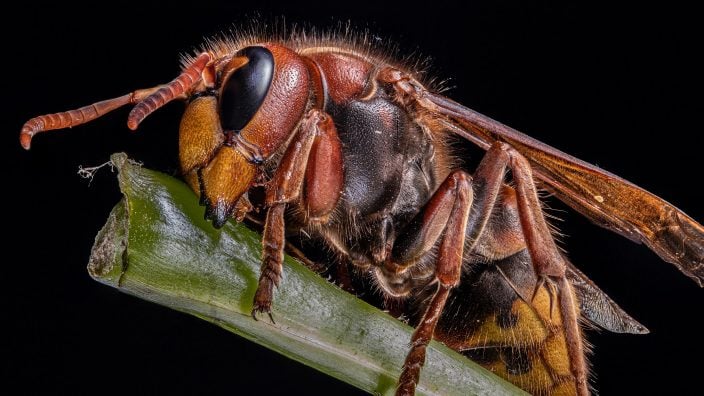Butler County Grow and Know Event
Learn how to plant and pot your own herbs Wednesday, May 14, 2025 at 6:30 p.m. at Garver’s Family Farm Market.
Read MoreHello Everyone.
I hope you were able to take advantage of our warm, dry weather earlier this week to get your gardens planted and lawns mowed, while spending time with family and reflecting on the importance of Memorial Day.
The warmer weather, has brought a flurry of questions to our office about insects and other crawling home invaders. One in particular has caused more concern for homeowners than others — the European hornet. This hornet can be alarming due to its large size; queens can be 1.5 inches long, and the resemblance to the more common yellow jacket.
It is often mistaken for the infamous “murder hornet” or the Asian giant hornet, that made the news a few years ago. Although the European hornet is not native to the United States, it has been here for close to 200 years and is quite common in northeast Ohio. Thankfully, we have had no reports of the Asian giant hornet in Ohio, and so far it has been confined to a handful of sightings in the Pacific Northwest.
Despite the large size of the European hornet, they can be quite docile when compared to swarming angry yellow jackets. I don’t recommend instigating a fight with European hornet, as they will sting you, but if you give them space they are likely to leave you alone.
European hornets make annual nests in trees, under house eaves, or any opening that they find suitable. You have probably seen the large paper nests hanging in the trees each fall after the leaves fall. If you can, it is best to leave the nest alone but if they are on your house and pose a health or safety concern it is best to contact an exterminator to remove the nest. There is a reason the term “kicking a hornet’s nest” has a reputation for causing trouble.
Another home invader causing issues this year are ants. Small, large, and all sizes in between seem to be taking over porches, kitchens, walls and just about everywhere. To control ants, it is best to start outside the home. To effectively control an ant population you will need to kill the queen, which is located in the ant colony. This is easier said than done.
Baits designed to be used outdoors can be useful, but may take several weeks to control the colony. Insecticides are usually more effective, but do come with risks. There are many liquid and granule insecticide options available at home and/or garden centers. Be sure to read the label for correct application rates and procedures, but most will require treating a two to four foot perimeter around the outside of your home. To avoid injury to humans, animals and the environment, only apply the amount needed as stated on the label. More is not better. These insecticides will kill every insect that it contacts including bees, lady beetles and other beneficial insects.
While you are outside, you should be looking for points of entry where insects can get into your home. Sealing around windows, electrical outlets or other cracks will prevent an easy access to your home. Silicone caulk, spray foam and other sealants work well to keep out not only insects, but also rodents.
Inside the home, your control options are more limited. Your first line of defense is to remove any food source. Clean or mop all surfaces where you are noticing ants foraging. After cleaning, consider placing indoor ant baits in areas with ants and in areas that are not likely to be disturbed by kids, pets or general movement through the house.
If cleaning and baits do not work, you may want to consider a spray insecticide that is approved for indoors as a last resort or contacting an exterminator. Using insecticides in the home can be very hazardous, and should be used as a last resort and only used according to the label or directions.
If you have any questions about mysterious bugs in your home, or how to control them give us a call at OSU Extension Trumbull County at 330-638-6783, check out our Facebook page, or visit webpage.
Take care, and stay healthy.
Submitted by Lee Beers, an Agriculture & Natural Resource Educator for OSU Extension-Trumbull County. He can be reached by email.
OFBF Mission: Working together for Ohio farmers to advance agriculture and strengthen our communities.
Pexels photo by Michal Knotek


Learn how to plant and pot your own herbs Wednesday, May 14, 2025 at 6:30 p.m. at Garver’s Family Farm Market.
Read More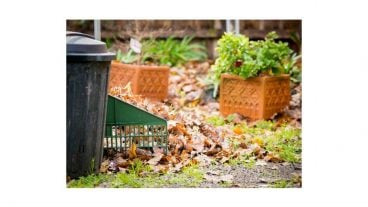
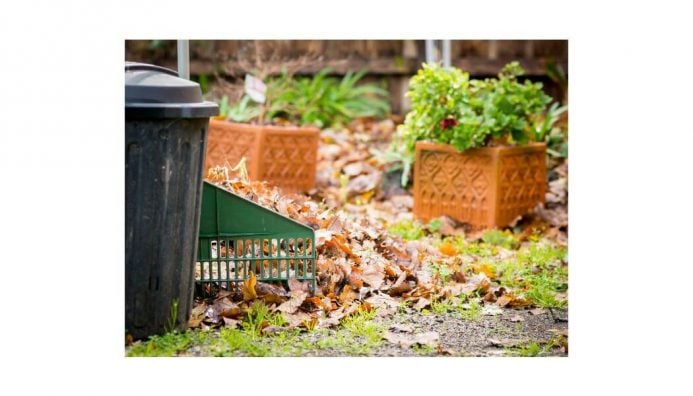
Sometimes the best course of action is nothing at all. Leave the leaves, forget the garden, and compost the decorations.
Read More

If you have any questions about your gardens, OSU Extension and the Trumbull County Master Gardener Volunteers are here to assist.
Read More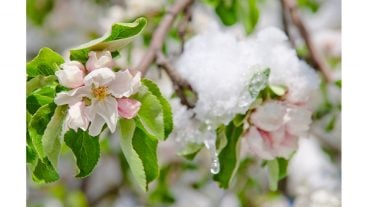
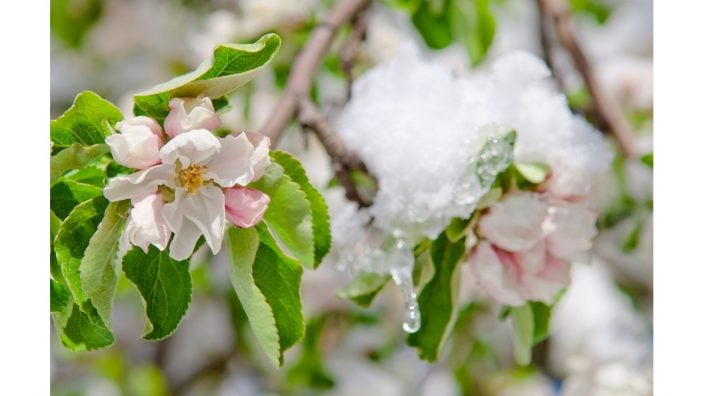
Weather patterns like we are experiencing this year increase the risk of loss for fruit and ornamental crops.
Read More

Groovy Plants Ranch is a retail store and tourist mecca with a huge emphasis on unique and unusual plants.
Read More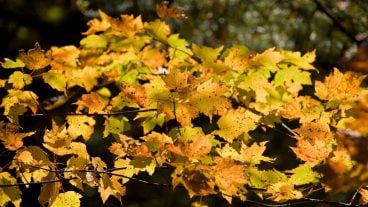

Whatever method you choose, understand there is no right way or wrong way to handle leaves each fall.
Read More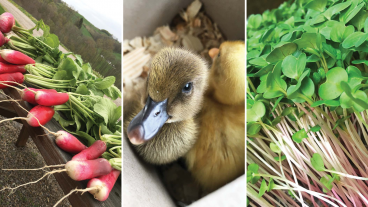
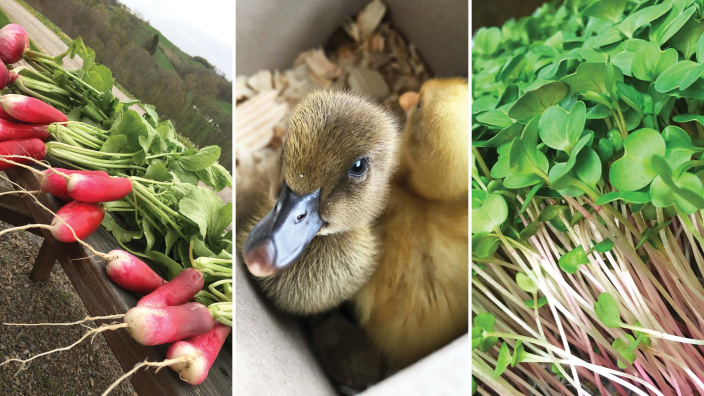
Hard work, dedication and concern for others aren’t quaint concepts at Olde Tyme Farms. These principles helped the 20-acre chicken,…
Read More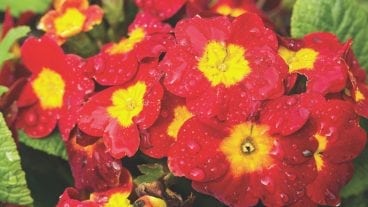
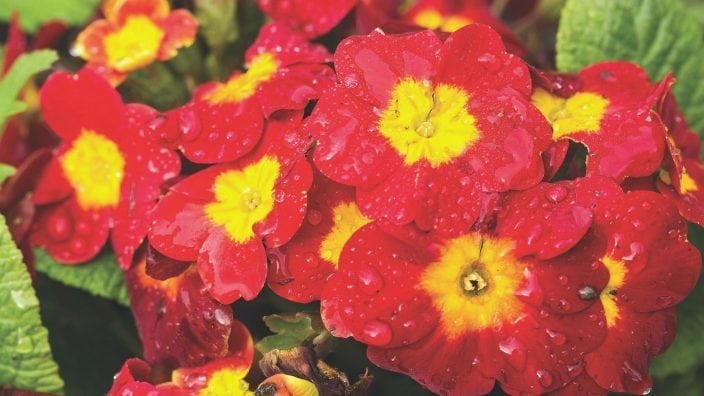
Gold pocket watches, delicate china and heavenly scented flowers are among the heirlooms passed along from one generation to the…
Read More

A buzz of activity surrounds the lead-up to Memorial Day for nurseries and greenhouses, like bees hovering around the bright…
Read More

In real estate — and home gardening — one thing to remember is location, location, location. The ideal garden spot…
Read More